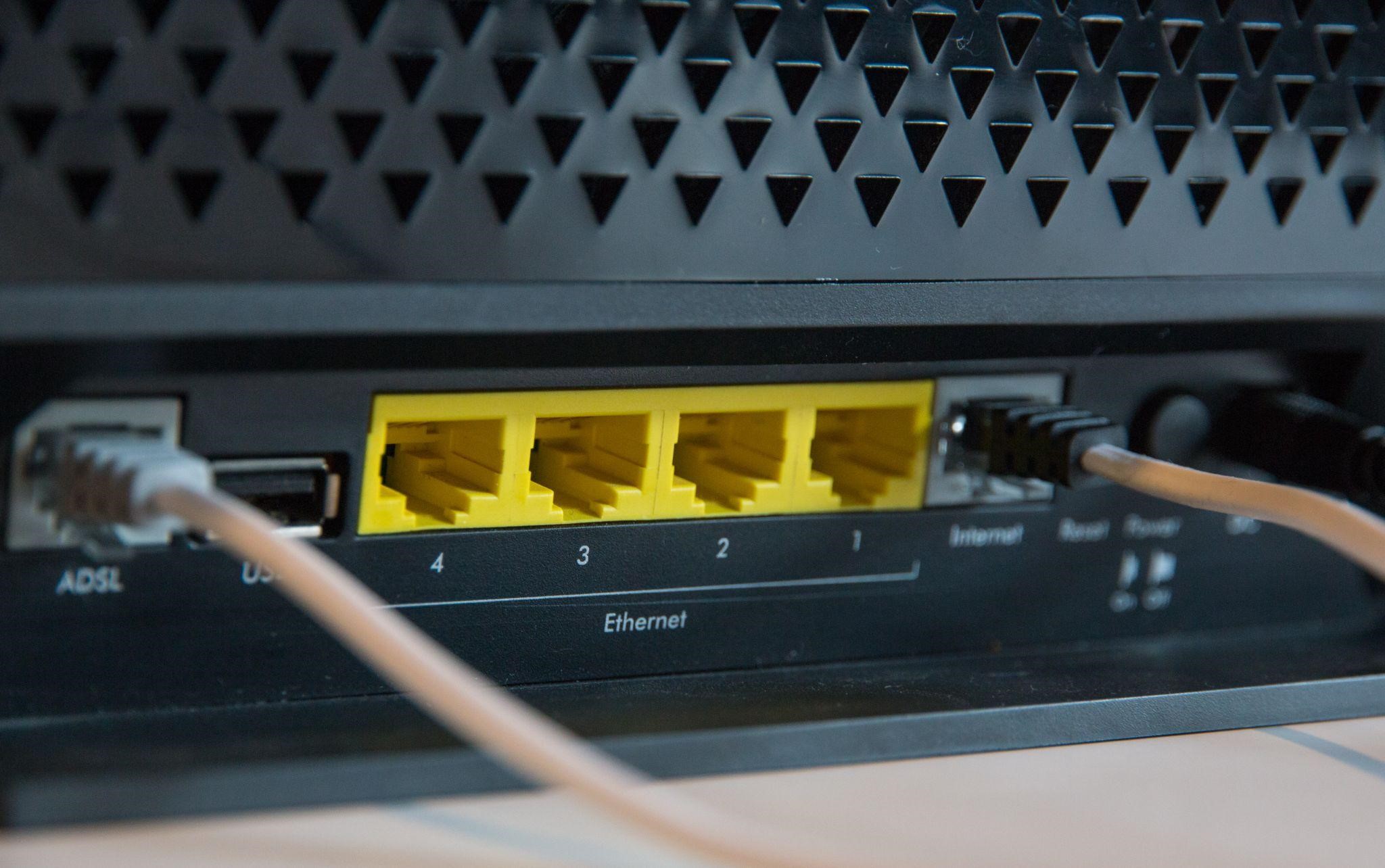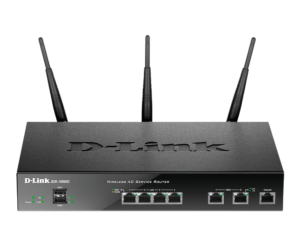Image from unsplash.com
Routers are the center of a network. They decide on data transfer, and in many cases, allow communication between computers on different networks. Despite their usefulness, routers are vulnerable to an attack that can affect the entire network. Here we discuss the various risks to routers and how to protect against these harmful attacks:
Risks Posed To Routers
Many security threats can affect an insecure router. Routers not protected against these risks could potentially compromise the entire network and every user. Below are some of the main risks and their effects.
-
Malicious Websites
Malicious websites can compromise your router through exploits. They often disguise themselves as legitimate sites with similar URLs such as “www.facebook.com.attacker.com” The attacker will then try to exploit an issue with the router, such as outdated software or weak passwords.
This security risk can lead to the hijacking of the router and the entire network. These sites often contain malicious scripts, such as javascript, which can compromise your router’s security.
-
Sniffers
Sniffing is the act of capturing network traffic and viewing it. Attackers use tools such as Wireshark, which monitors all traffic transmitted through the network, including passwords and credit card numbers. These programs are often disguised as games/hacks and installed through a router’s web interface.
-
Spoofing Attacks
These are malicious attacks that try to steal your information by masquerading as a trusted website, server, or service. The goal is to get you to give up sensitive information willingly (such as logins, passwords, and credit card details). An example of such attacks is phishing emails, which might seem as if they are from a bank but redirect you to a fake site that steals your credentials.
-
Router Hijacking Attacks
These are attacks in which the attacker takes control of your router and blocks you from access. Attackers perform remote hijacking through password guessing, injection through exploits, or brute-force attacks (where they try every possible password combination until they find the correct one).
-
Rerouting attacks
Rerouting attacks redirect traffic from a secure website to a malicious one. To the user, it will appear as if you are going to the correct site. These attacks mainly happen through ‘man-in-the-middle’ where the attacker is between you and a server. They can also redirect you through DNS hijacking or ‘spoofing’ attacks.
Best Ways To Secure Your Router
We often overlook router security measures, yet they are crucial when ensuring foolproof cybersecurity. It’s critical to make sure your router has the latest firmware and is secure from attacks. Below are some of the best ways to keep your router safe.
1.Using a VPN
One of the highly efficient and most recommended methods of securing your router is the use of a VPN. Virtual Private Network (VPN) services securely protect your internet traffic via an encrypted connection to the internet. VPNs also allow you to relocate your IP location to servers across the world. This service protects your router by encrypting the data transmitted by the router and prevents attackers from phishing your login credentials.
2.Changing Default Passwords
The first step in securing your router is by changing the default password. This change prevents unauthorized access to the router’s settings and web interface via a browser. It is critical to ensure that the password is long and complex.
3.Updating Firmware
Another security step is ensuring the router has the latest firmware version. Up-to-date firmware prevents any known vulnerabilities in the software and fixes any detectable security holes or bugs. It is advisable to check the changelogs of firmware updates on router manufacturers’ sites for any potential security issues and report them.
4.Disable Unused Ports
Manufacturers often ship routers with several ports open in the router’s firewall. These are normally assigned to services such as DHCP. Disabling these ports reduces the risk of attack and makes your router more secure.
5.Port Filtering
Port filtering is the act of using firewalls to restrict access based on the number of ports. This method allows greater control of the services or programs that the router can access. However, only advanced users can perform these settings.
6.Disabling Wireless Signals
One of the most basic ways to secure your router is by disabling all wireless signals – not in use. This measure is critical because it prevents attackers from sniffing your network traffic and stealing any passwords. It also stops unwanted people from connecting to the internet, such as neighbors.
7.Mobile Device Security
The most common way of accessing routers is via mobile devices such as smartphones and tablets. It’s crucial to ensure these devices remain secure and protected as well. This measure entails enabling screen locks and strong passwords while avoiding downloading unauthorized apps from third-party stores.
Conclusion
Router security is a simple and great way to protect your devices. The above tips are the most basic methods that anyone can follow to ensure foolproof security. Make sure you set up your router correctly without forgetting regular firmware updates as well.







